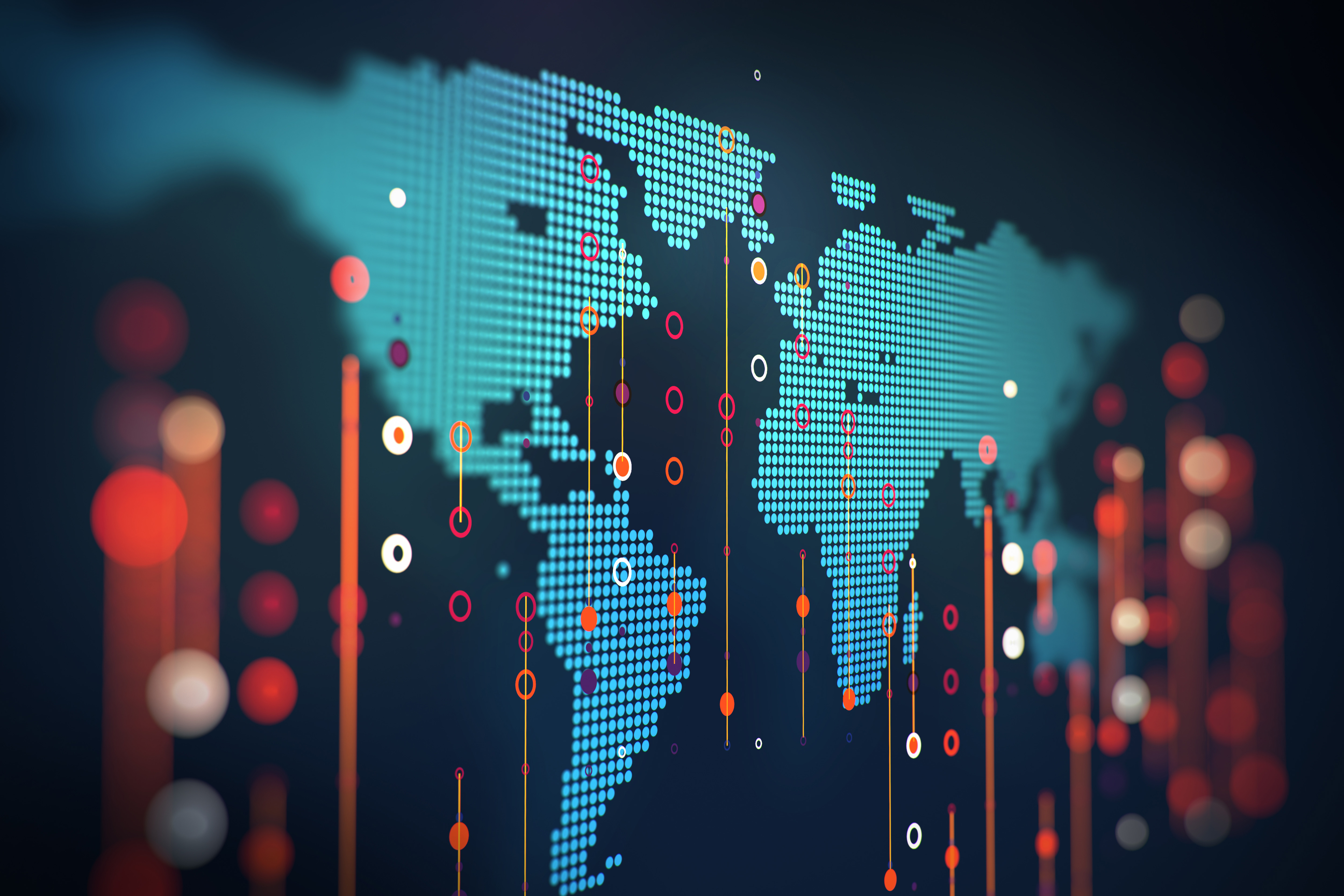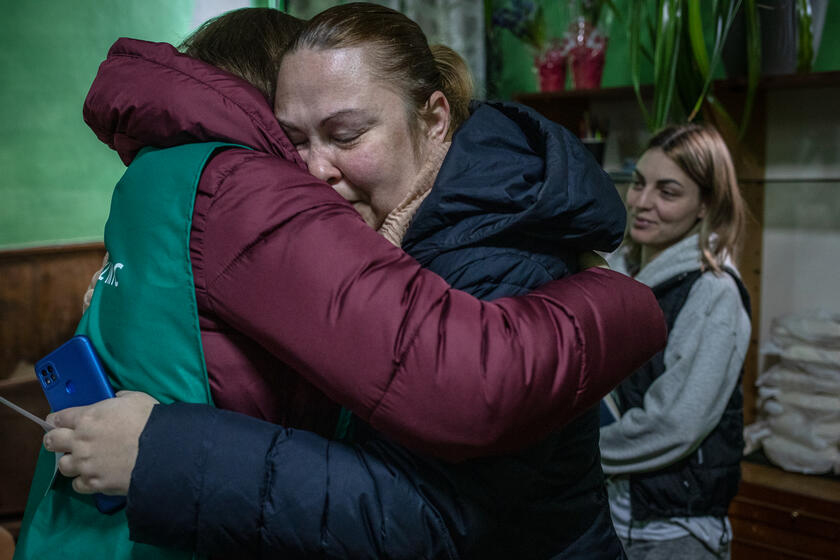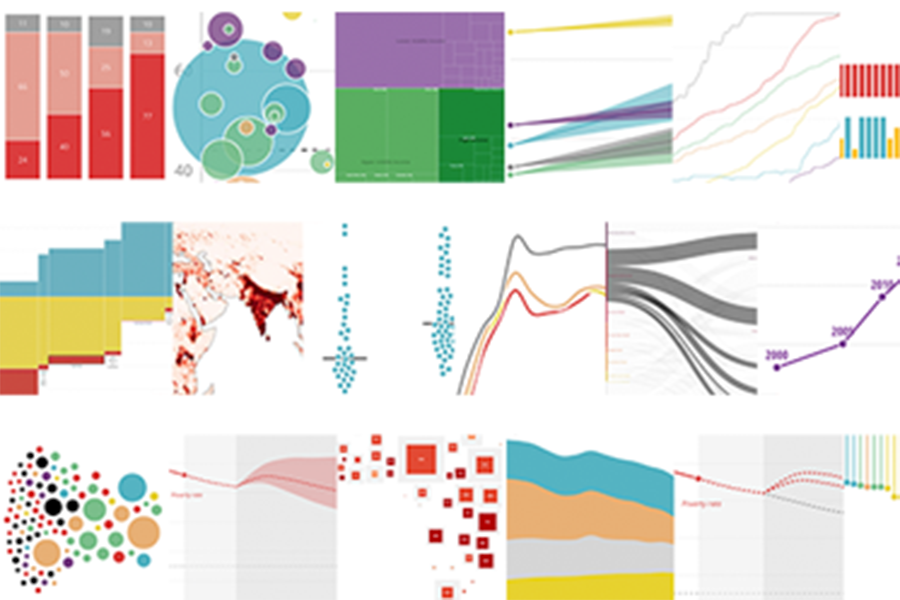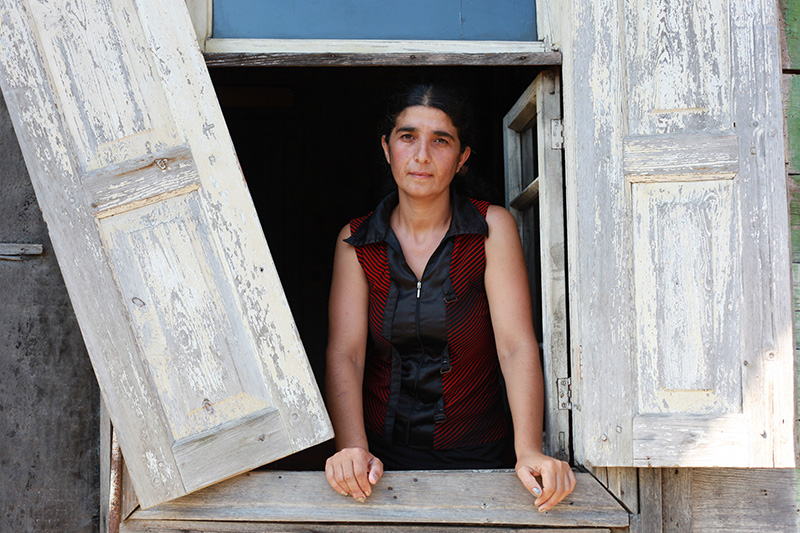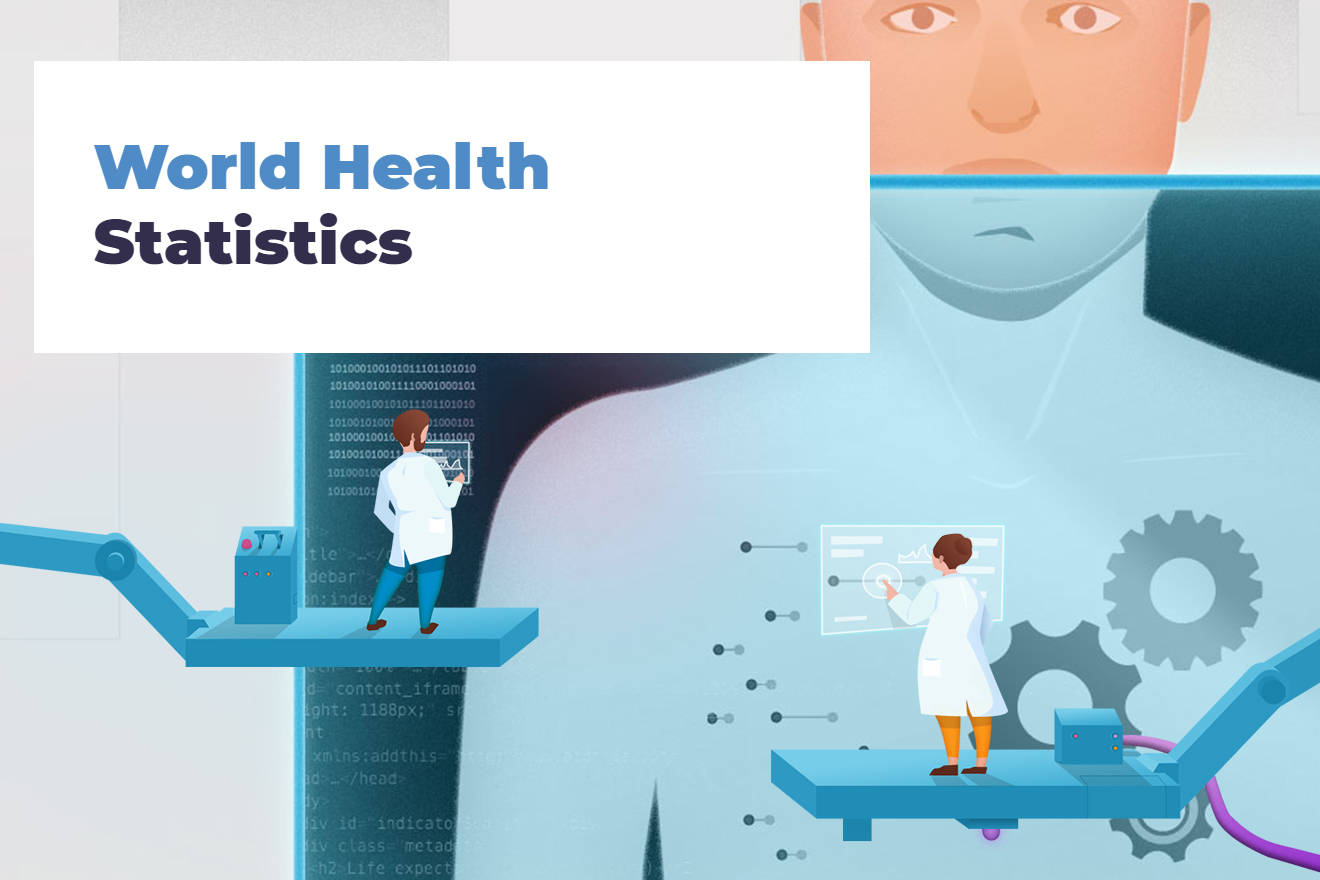At this moment the world faces many global challenges related to environment, climate change, health, food insecurity, economic recovery or human displacement. To take appropriate action, governments must understand and monitor the existing situation and therefore need relevant and timely data. The statistical community is tasked to deliver these data, in particular data on the SDGs, during the 7th International Conference on Big Data and Data Science for Official Statistics on 7-11 November. The latter part of week will showcase the 2022 Big Data Hackathon as well as several workshops.
Data is crucial to allocate humanitarian aid. By the first week of March, UNFPA had provided a so-called “common operational dataset” to humanitarian partners.
Women and girls are often missing in data, and gender data production and use are often an afterthought. Gender data gaps are pervasive, hampering our ability to monitor progress. To fill these gaps, data must be disaggregated to better understand the lived reality of women and girls and capture intersecting inequalities. We need more and better data to make all women and girls counted, visible and valued. We cannot make progress on what we cannot, and do not measure. Data is an engine for change on gender equality. Find out more about UN Women's data work.
This year’s World Bank publication guides readers through the 17 Sustainable Development Goals (SDGs) using interactive storytelling and innovative data visualizations.
Like water, data can shape the world. World Bank Water data aggregates thousands of datasets across organizations and countries to help decision makers develop policies based on solid evidence as well as help researchers better understand needs to formulate solutions.
As the pandemic surges, data visualization shows how displaced people have to contend with extreme overcrowding and limited access to basics such as soap and water.
UN Women’s gender data programme Making Every Woman and Girl Count (Women Count) seeks to affect a radical shift on how we do gender statistics.
Data on disease, death, numbers of healthcare workers, and analysing the amount spent on healthcare allows us to understand why people become sick and what kills them. Here is the annual WHO Statistics.

